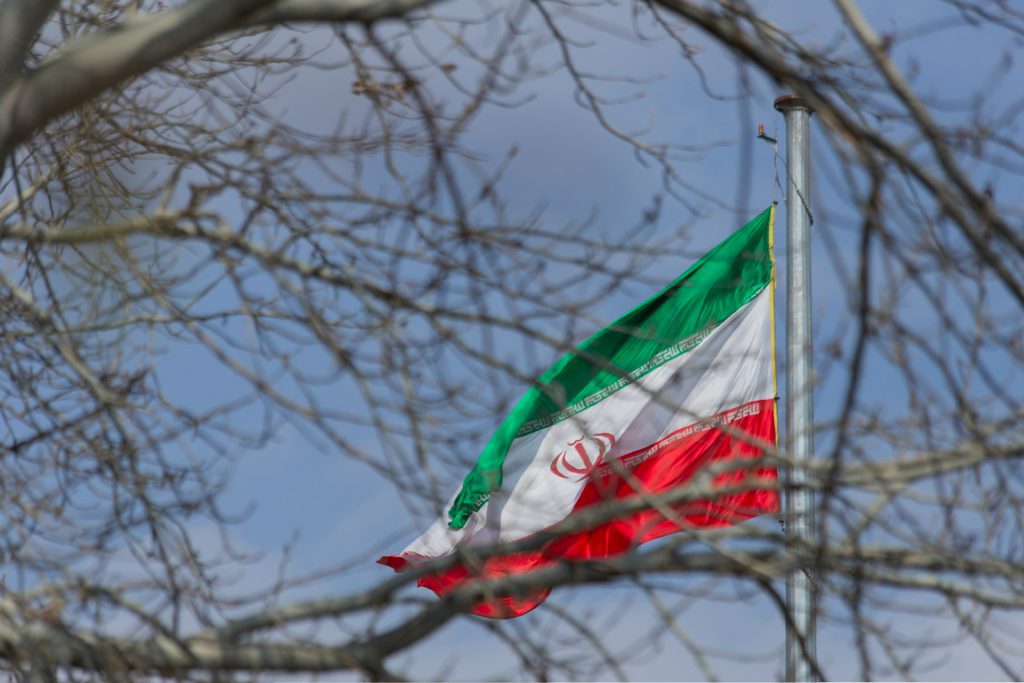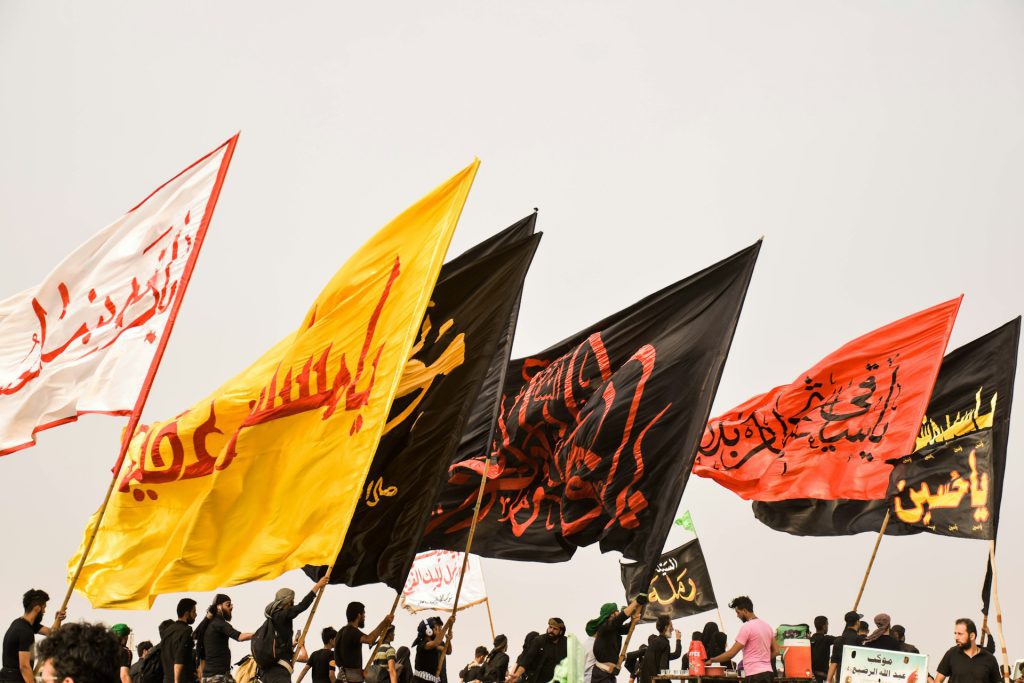Table of Contents
Iran’s calendar is packed with 28 special days that cover a mix of national, revolutionary, and religious events. Out of these holidays in Iran, 11 are all about celebrating the country’s history and revolutionary moments. They’re like snapshots of Iran’s past that bring people together, reminding them of their shared journey and strength. Learning about Iran holidays will help you plan your Iran trip in a way to avoid any closed place or inconvenience during your trip.
Alongside these, 17 religious holidays dive deep into Iran’s spiritual roots. These Persian holidays highlight the diverse beliefs in the country, making it a colorful celebration of faith. From being proud of their nation’s history to finding peace in religious traditions, Iran’s holidays tell a unique story about its people, making each day special in its way.
Iran Calendars
Three calendars are commonly used in Iran. These calendars play a crucial role in structuring time and organizing Iranian life. They include:
The Persian Solar calendar as the main and national calendar,
The Gregorian calendar for international events,
The Islamic calendar (Lunar calendar) for Islamic holidays.
Iranian solar calendar which is a direct descendant of the ancient Zoroastrian calendar is based on the immigration of the Prophet Mohammed from Mecca to Medina in AD 622 and this is why it is called Hijri (immigration). The new year (Nowruz), as one of the most important holidays in Iran, in this calendar is on the first day of spring falling on 21 March according to the Western calendar. Generally, the Iranian Solar Calendar is synced with the earth`s circulation around the sun and seasons changes and this is where “solar” originated from.
| Season | Spring (Bahar) | Summer (Tabestan) | Autumn (Pa’iz) | Winter (Zemestan) | ||||||||
| Persian Months | Farvardin | 21 Mar-20 Apr | Tir | 22 Jun-22 Jul | Mehr | 23 Sep-22 Oct | Dei | 22 Dec-20 Jan | ||||
| Ordibehesht | 21 Apr-21 May | Mordad | 23 Jul-22 Aug | Aban | 23 Oct-21 Nov | Bahman | 21 Jan-19 Feb | |||||
| Khordad | 22 May-21 Jun | Shahrivar | 23 Aug-22 Sep | Azar | 22 Nov-21 Dec | Esfand | 20 Feb-20 Mar | |||||
Iran Weekends

In Iran, the common working week is a 5-day workweek. It runs from Saturday to Wednesday beginning at 8:30 a.m. and ending at 5 p.m. – 6 p.m. Iran is the only Islamic country with weekends on Thursdays and Fridays. Friday is prayer day in Iran and other Islamic countries so it is a holiday. But Thursdays are more flexible. Hence, public offices close on this day but, some companies work a half-day on Thursday. Furthermore, shops, supermarkets, and malls are open seven days a week on most public Iran holidays. Transport functions fairly normally and hotels remain open.
Museum work time depends on Iran national holidays. Places like squares, cemeteries, and urban symbols that are public are always open. But, places with specific protection frameworks (museums, palace museums, and cultural-historical places covered by the Ministry of Cultural Heritage, Tourism and Handicrafts), ticket sales, and manpower such as guides, guards, etc. are closed only seven days per year. These seven days are the Demise of Ayatollah Khomeini, the Martyrdom of Imam Ali, the Martyrdom of Imam Jafar Sadegh, the Tasu’a and Ashura, the Demise of the Prophet Mohammed, and Revolution Day.
Revolution Day Holidays

Revolution day holidays follow the Persian solar calendar and usually fall on the same day each year according to the Western calendar.
The victory of the Islamic Revolution of Iran (11 February, 22 Bahman): The anniversary of Khomeini’s coming to power in 1979.
Islamic Republic Day (1 April, 12 Farvardin): The anniversary of the establishment of the Islamic Republic of Iran in 1979.
The demise of Ayatollah Khomeini (4 June, 14 Khordad): Commemorates the death of Ayatollah Khomeini in 1989.
The 15 Khordad Uprising (5 June, 15 Khordad).
National Holidays

Iran holidays and traditions paint a vibrant picture of cultural significance and historical pride. Among these Iran national holidays are celebrations that unite the nation, embodying the rich tapestry of Iranian heritage. From commemorating historical events to honoring the nation’s identity, these national holidays stand as pillars, fostering a sense of collective belonging and shared history. Iran national holidays would be as follows:
Oil Nationalization Day (20 March, 29 Esfand): Commemorates the 1951 nationalization of the Anglo-Iranian Oil Company.
Nowruz (21–24 March, 1–4 Farvardin): Iranian New Year.
Sizdah be Dar (2 April, 13 Farvardin): ‘Nature Day’ is the 13th day of the Iranian New Year, when Iranians traditionally leave their houses for the day.
Religious Holidays

Religious holidays as the other most important holidays in Iran follow the Muslim lunar calendar, which means the corresponding dates in the Western calendar move forward by 10 or 11 days every year. Let’s have a quick view of these Persian holidays:
Tasua (9 Muharram, 8 August 2021)
Ashura (10 Muharram, 9 August 2021): The anniversary of the martyrdom of Hossein, the third Shiite Imam, in battle at Karbala in October AD 680.
Arbaeen (20 Safar, 27 September 2021): The 40th day after Ashura.
The demise of the Prophet Mohammed (28 Safar, 5 October 2021)
Martyrdom of Imam Reza (30 Safar, 7 October 2021)
Birth of the Prophet Mohammed (17 Rabi’-ol-Avval, 24 October 2021)
Martyrdom of Fatima (3 Jamadi-l-Okhra, 6 January 2022): Fatima was the daughter of Prophet Mohammed.
Birth of Imam Ali (13 Rajab, 15 February 2022)
Ascension of Holy Prophet (27 Rajab, 1 March 2022): Maab’ath, Mabath, the day that Prophet Mohammed was chosen as the prophet of Islam.
Birthday of Imam Mahdi (15 Shaban, 18 March 2022)
Martyrdom of Imam Ali (21 Ramazan, 4 May 2021)
Eid al-Fitr (1 Shavval, 13 & 14 May 2021): The Festival of the Breaking of the Fast that marks the end of Ramadan. After sunset on the last day of Ramadan, large meals are consumed across the country.
Martyrdom of Imam Jafar Sadegh (25 Shavval, 6 June 2021)
Eid-e Ghorban (10 Zu-l-Hejjeh, 21 July 2021): Marks the day when Abraham offered to sacrifice his son.
Eid-e Ghadir (18 Zu-l-Hejjeh, 29 July 2021): refers to a sermon delivered by the Islamic prophet Muhammad at the Pond of Khumm, shortly before he died in 632 CE.
Martyrdom of Imam Hasan al-Askari (8 Rabi’-ol-Avval, 15 October 2021)
FAQs about Iran Hilodays
Q1: What is the biggest holiday in Iran?
A1: Nowruz is a significant celebration in Iran, marking the start of the new year. It’s also observed in various other regions, including the Middle East, Central Asia, South Asia, the Balkans, and East Africa. The tradition has been around for over 3,000 years.
Q2: How many holidays does Iran have?
A2: Iran’s calendar includes a detailed plan of official holidays, combining national, revolutionary, and religious events, amounting to 28 days in total. Out of these, 11 are specifically marked as national and revolutionary holidays, while the remaining 17 are connected to religious practices.
Q3: What are the special days celebrated in Iran?
A3: Several dates hold significance in Iran’s calendar. Notable among them are Revolution Day on February 11th, Oil Nationalization Day on March 19th, Persian New Year (Nowruz) on March 21st, Islamic Republic Day on March 31st, Nature Day (Sizdah Be Dar) on April 1st, the Anniversary of Khomeini’s Death on June 4th, and the Revolt of Khordad 15 on June 5th. These dates mark various historical, cultural, and religious events that are observed across the country.
Q4: What is the famous holiday in Iran?
A4: The Iranian New Year celebration kicks off on March 20, marking the beginning of the Iranian calendar year and standing out as the most significant holiday in Iran. The festivities span 12 days, symbolizing the passing of the previous 12 months. Throughout this period, families in Iran come together, exchanging visits and enjoying the company of one another.
Q5: What is Iran like for tourists?
A5: Iranians are renowned for their distinctive hospitality and friendliness towards travelers. In contrast to customs in other nations, it’s common for people in Iran to frequently approach you simply to extend greetings and welcome you to their country. As a traveler, you may also find yourself invited to share a cup of tea or coffee on numerous occasions.
Last Words: Make the Most of Iran Holidays with a Customized Tour
Iran holidays are 28 each year. Most of them celebrate Islamic religious and political events, marking a history of fighting for political freedom and equality. However, the Iranian New Year, called Nowrouz, follows an ancient tradition predating Islam.
To truly savor the best of Iran Holidays, opting for Customised tours is the key. To Iran Tour stands as a beacon for those seeking to explore the wonders of this mesmerizing country through thoughtfully crafted Iran tours and travel packages. The team at ToIranTour, composed of seasoned professionals, takes pride in their ability to design travel plans that resonate with the preferences of each traveler.
Let us be your guide in creating not just a trip, but an unforgettable chapter in your travel story. Choose customized tours with To Iran Tour, where every detail is crafted with your journey in mind.

